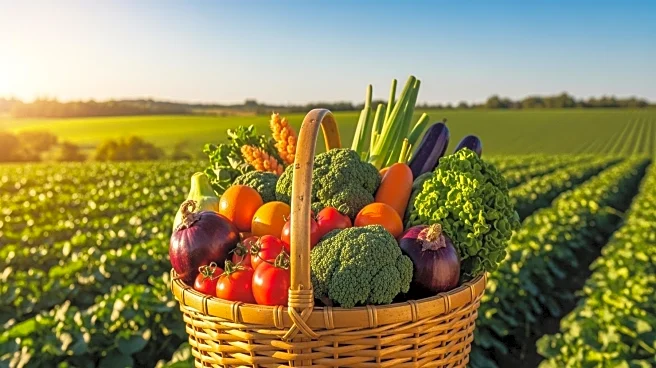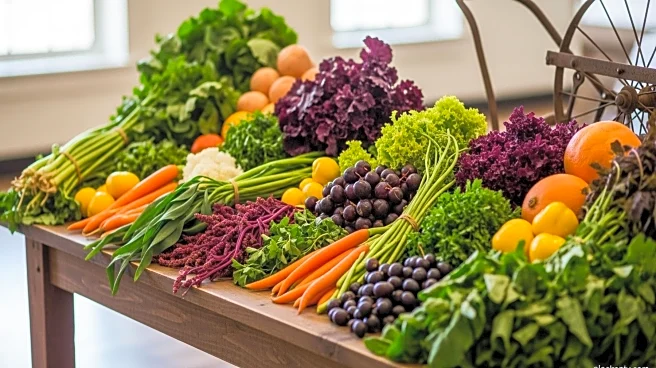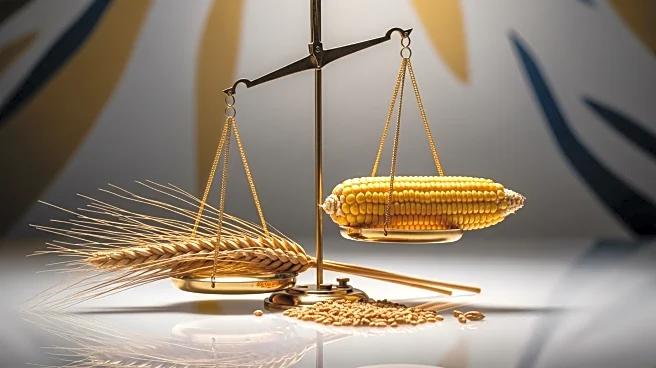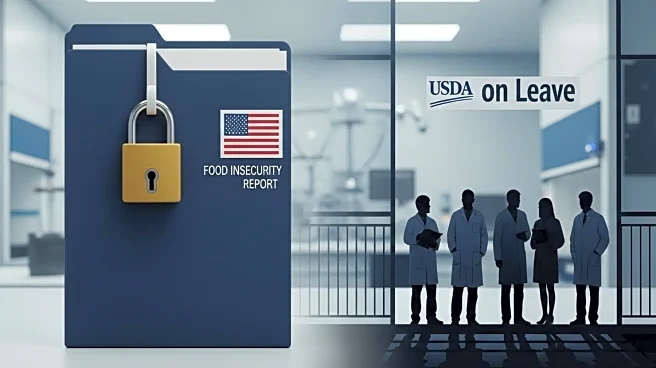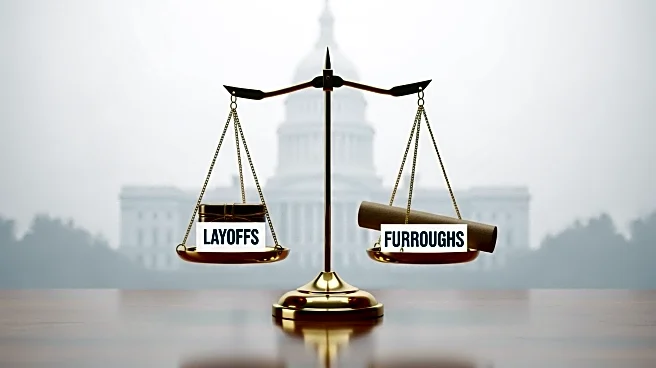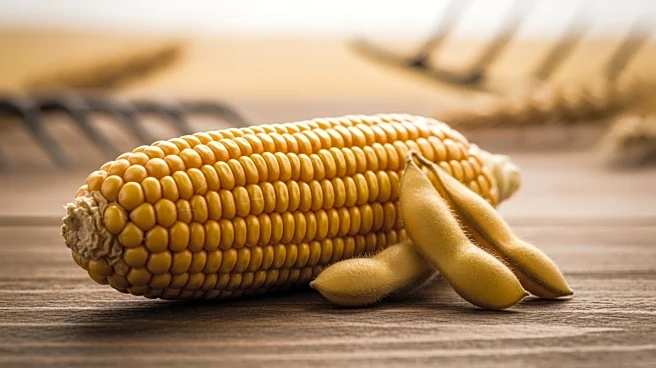What's Happening?
The USDA and Congress have provided nearly $176 billion in inflation-adjusted economic assistance to farmers since 2018, averaging $6.5 billion annually from commodity subsidy programs and $15.5 billion annually in ad hoc or supplemental assistance. Despite these payments, issues persist in the agricultural sector, indicating that financial aid alone may not be sufficient to resolve underlying problems. The Emergency Commodity Assistance Program (ECAP) was created to distribute $10 billion in economic assistance, with over $8 billion already paid to farmers. President Trump signed the One Big Beautiful Bill Act, which included the Reconciliation Farm Bill, further increasing commodity subsidies.
Why It's Important?
The substantial financial assistance provided to farmers highlights the ongoing challenges in the agricultural sector, including imbalances between supply and demand. Payments have historically been capitalized into land values, affecting both purchases and leases, and can keep input costs high, giving suppliers more pricing power. This situation can disadvantage smaller farms and new entrants, as larger farms benefit from economies of scale. The persistence of these issues suggests that alternative solutions beyond financial aid may be necessary to address the root causes of agricultural challenges.
What's Next?
The continuation of financial assistance programs is likely, but there is a growing recognition of the need for alternative solutions to address supply and demand imbalances. Policymakers may explore options such as conservation programs or adjustments to existing policies to better support farmers and promote sustainable agricultural practices. The expiration of the Conservation Reserve Program and other supply-side policies may prompt discussions on how to effectively manage land use and production in the agricultural sector.
Beyond the Headlines
The historical context of agricultural policies reveals the complexities of managing supply and demand in farming. Past efforts to reduce surplus production have faced challenges, and the impact of government payments on land use decisions underscores the need for thoughtful policy design. The lessons from history suggest that integrating conservation into supply-side policies could offer a more sustainable approach to managing agricultural production and supporting farmers.

